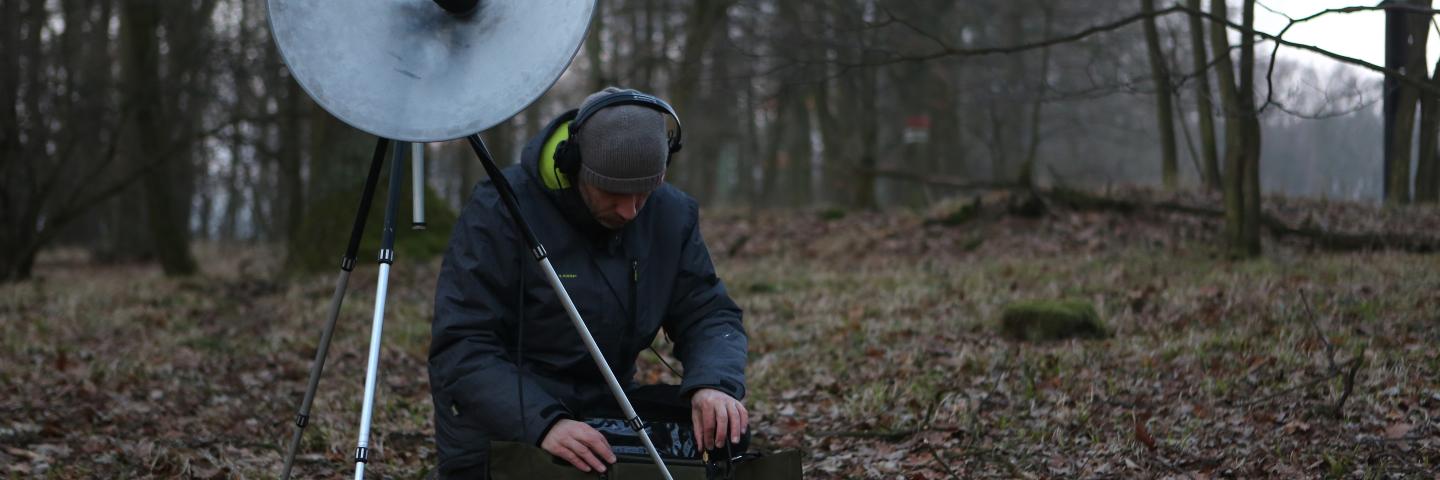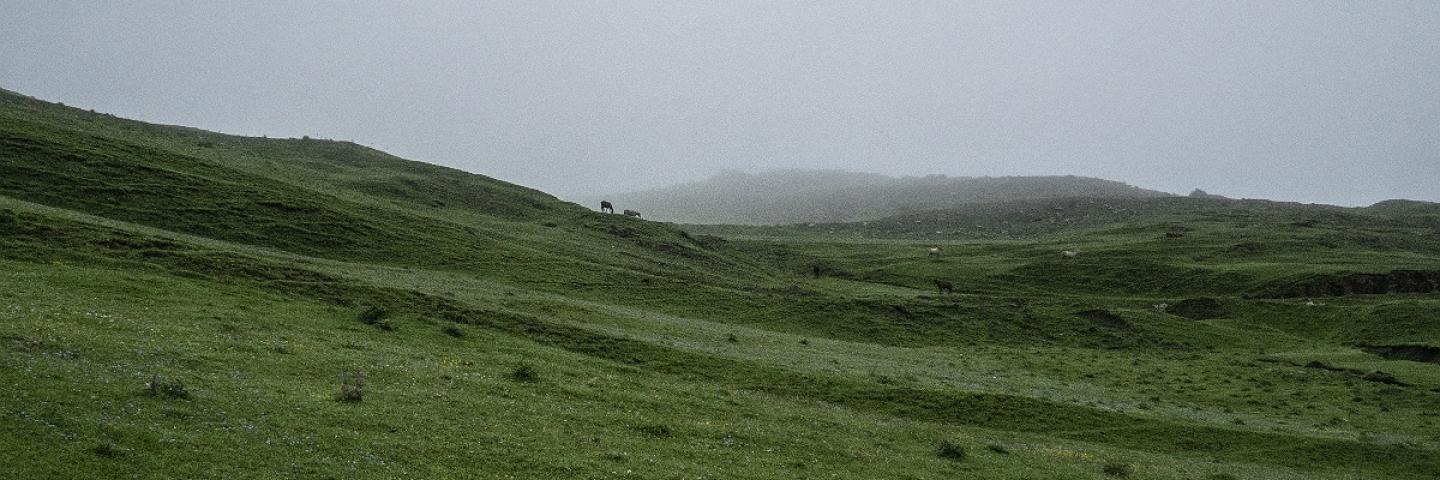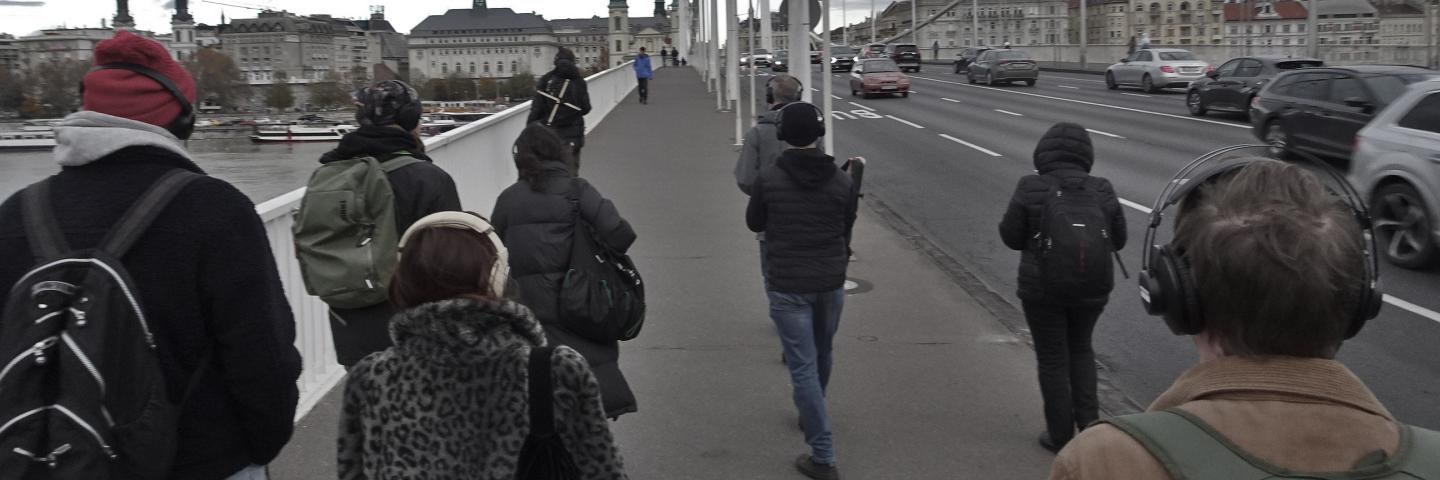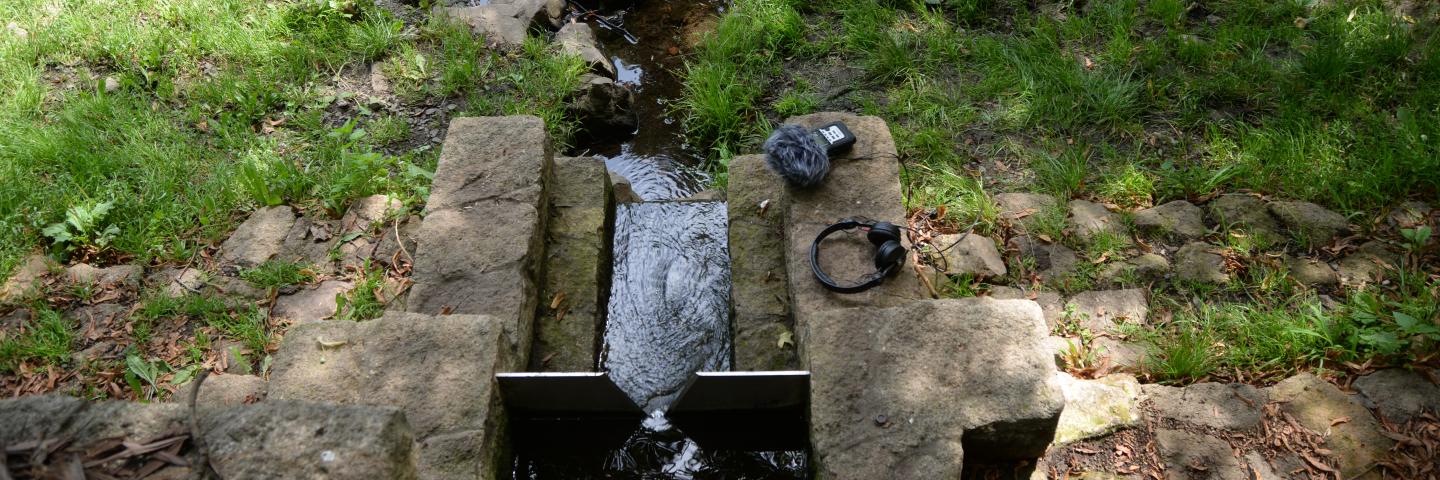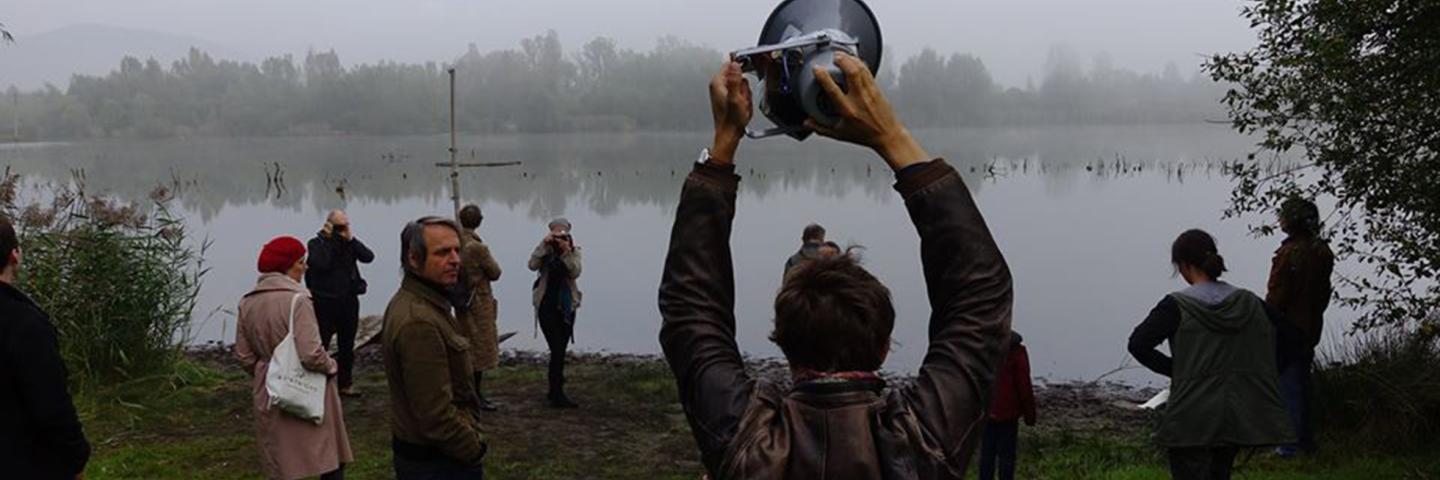Dylan Robinson

Dylan Robinson is a xwélmexw scholar and artist (Stó:lō/Skwah). He was the Canada Research Chair in Indigenous Arts at Queen’s University on Haudenosaunee and Anishinaabe lands. Since 2022 he returned home to lhq’a:lets / Vancouver to serve as Associate Professor at the University of British Columbia in the School of Music, and Advisor to the Dean on Indigenous Arts.
His work takes various forms including writing (from event scores to autotheory), gatherings, curatorial practice and interarts creation. This range of forms offers him a space to integrate the sonic, visual, poetic and material that are inseparable in Stó:lō culture. Across these forms, he identifies as a scholar of sound studies and visual studies, as a collaborator on interdisciplinary research-creation, and as a facilitator (curator/dramaturge) of art and gathering.
In the area of Indigenous sonic culture, my research centers the epistemological stakes of listening positionality. Much of my research has examined the appropriation of Indigenous song in contemporary classical music, and artistic practices of repatriation and redress. Continuing this work, I lead the Indigenous Advisory Council of the Canadian Music Centre as co-chair with Marion Newman, to redress the appropriation of Indigenous song and mis-reperesentation of Indigenous culture in Canadian compositions. Another project, Xóxelhmetset te Syewá:l | Caring for Our Ancestors, involves Indigenous-led processes for re-connecting kinship between Indigenous songs and material culture—variously understood as loved ones, ancestors, life—and the communities that they come from. The project also takes as a central objective an examination of the carceral logics of museums as spaces that confine Indigenous life.
My research on Indigenous public art is characterized by a focus on inter-arts forms (text-based art, sound art and devised performance) that engage multiple senses. This work questions how Indigenous rights and settler colonialism are embodied and spatialized in public space. My most recent work in this area examines public art and civic beautification initiatives in Canada that interpellate settler subjectivity by re-materializing colonial history. Doing so enacts violence toward Indigenous lands as a non-human relation that such work is situated upon.
In all these areas my aim is to prioritize Indigenous resurgence and to re-envision dominant scholarly modes of dissemination (writing, gathering, festival and exhibition curation), working toward forms of expression that convey the sensory experience of Indigenous life, and address Indigenous publics. This work has been recognized by the Native American and Indigenous Studies Association’s Best First Book Award (Hungry Listening), the American Musicological Society’s Ruth Solie Award (Music and Modernity) and the Society for Ethnomusicology’s Ellen Koskoff Prize (Music and Modernity) in addition to other awards I have been honoured to receive.
As a Halq’emeylem language learner, I seek to engage the vibrancy of shxwélmexw concepts and to foster the emergence of a future public of Halq’eméylem speakers.
Hungry Listening is the first book to consider listening from both Indigenous and settler colonial perspectives. A critical response to what has been called the “whiteness of sound studies,” Dylan Robinson evaluates how decolonial practices of listening emerge from increasing awareness of our listening positionality. This, he argues, involves identifying habits of settler colonial perception and contending with settler colonialism’s “tin ear” that renders silent the epistemic foundations of Indigenous song as history, law, and medicine.
With case studies on Indigenous participation in classical music, musicals, and popular music, Hungry Listening examines structures of inclusion that reinforce Western musical values. Alongside this inquiry on the unmarked terms of inclusion in performing arts organizations and compositional practice, Hungry Listening offers examples of “doing sovereignty” in Indigenous performance art, museum exhibition, and gatherings that support an Indigenous listening resurgence.
Throughout the book, Robinson shows how decolonial and resurgent forms of listening might be affirmed by writing otherwise about musical experience. Through event scores, dialogic improvisation, and forms of poetic response and refusal, he demands a reorientation toward the act of reading as a way of listening. Indigenous relationships to the life of song are here sustained in writing that finds resonance in the intersubjective experience between listener, sound, and space.
Publisher: University of Minnesota Press, 2020




